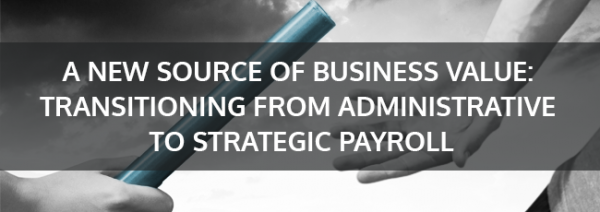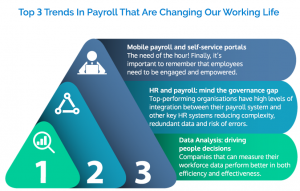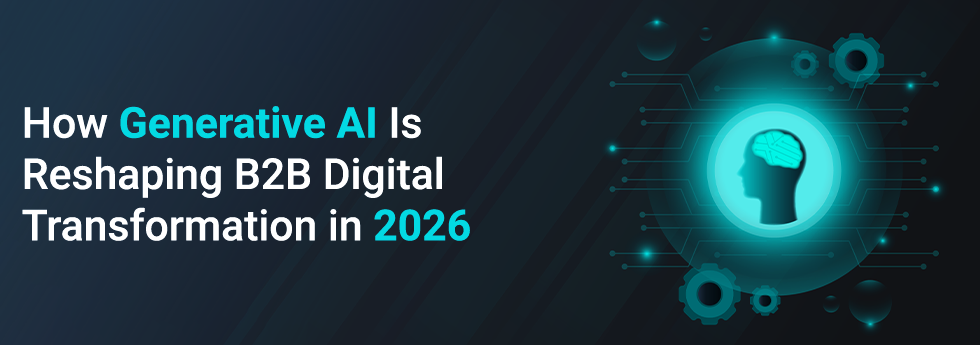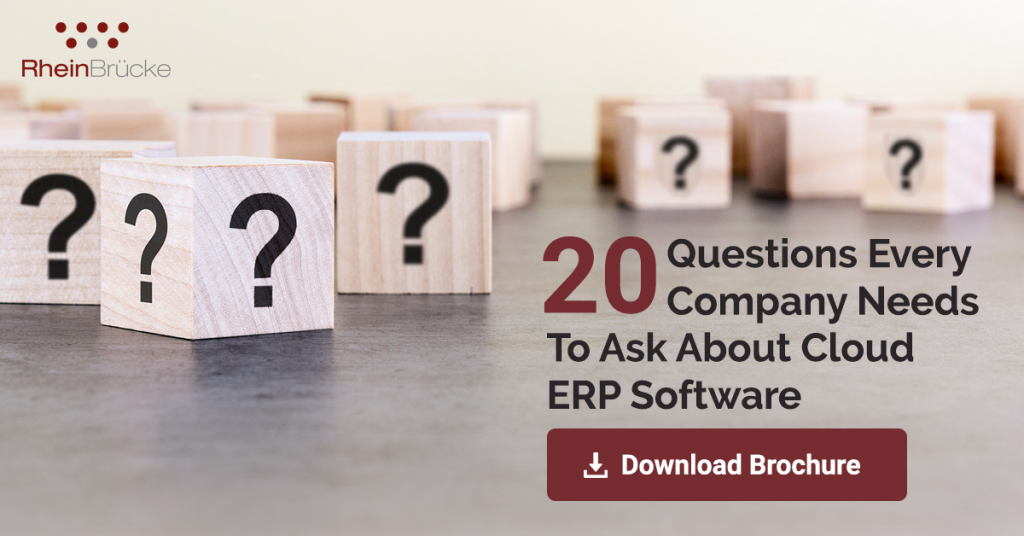

There has been a major shift from HR’s traditional function of tactical management of employees to the development of strategic insight and value creation. But payroll remains predominantly a tactical function in most companies. It is easy to under evaluate and under appreciate the payroll function so long as employees get their salaries on time and this makes it difficult to explain to upper management, the need for change. For most part, the ominous reply is “Why change something if it’s working fine?”
I suggest you try explaining to upper management about the strategic function of payroll. What we fail to observe is that payroll processing is an important function for any business, no matter how small. It’s likely your company’s largest expense, and the most time-consuming HR work performed each month is the payroll function.
Payroll is indisputably complicated. If you think about it, payroll offers an ocean of data. A user can search for information chronologically, geographically, demographically and functionally. With a little help from our data and predictive analytics friends, this data can provide strategic business information and strategic insight.
So what makes the payroll function strategic?
Strategically aligning payroll with Company Vision
The total cost of employee compensation often accounts for 40% to 70% of a company’s operating budget. The key is to take a data focused approach so that data on pay and benefits can be used to ascertain the cost and output for each role and strategically apportion compensation to yield the best return. Using historical payroll data, companies are also able to control expenditure and allocate resources accordingly. Automating the payroll function can provide real time view of budget allocations.
Engaging and Empowering Employees
Employers need new ways to connect with digitally-driven employees, particularly as millennials and post-millennials make up a growing segment of the workforce. Employees feel empowered when they have access to their personal information at any time, from any device, whether requesting time off, checking pay history or reviewing their benefits. It makes them feel like they have ownership of their role within the organisation.
Technology helps to provide a single, consistent HR experience for all employees, regardless of where they are located or how they access the system. All these things set the stage for a more engaged and empowered workforce.

Unifying Payroll with Core Human Capital Management Processes
Since payroll is the basis for employee information about pay, benefits, time tracking, etc. it only makes sense that everything else to do with employee engagement within the organisation should also be integrated with the payroll function.
When it comes to human resources and payroll, the two usually function in silos and this makes data unavailable to business decision makers. Payroll should stop being an offset of Human Capital Management and become a part of its core function. As your business expands payroll processes get more complex and will need to integrate with other HCM processes such as, recruitment, timesheets and reporting tools.
Integrating payroll and human resources systems with HCM provides one employee system of record and makes reporting much faster and easier. When employers need headcount, payroll costs, performance evaluations, or other information about employees and employee issues, they can easily run reports from a centralized system rather than logging into different systems for payroll, HRIS, and timekeeping.
With greater access to information and automated administrative assistance, the role of payroll has undergone a massive shift. The payroll department now have to analyse information, identify trends and patterns and make recommendations for improvement. Today’s payroll department need to understand the complexities of implementing and running a multinational payroll.
A strategic payroll function enables an organisation to realise benefits that can then be redirected into funding the more traditional strategic elements of HR. This means that payroll can’t sit in a silo, or shy away from new technologies. It must work closely with other departments and embrace digital innovation which requires payroll personnel with the right skills and knowledge to step outside their comfort zones and collaborate effectively. Maintaining a workforce where employees enjoy high levels of job satisfaction and job security translates into a workforce that helps achieve business goals.
Click here to know more about our payroll solution




